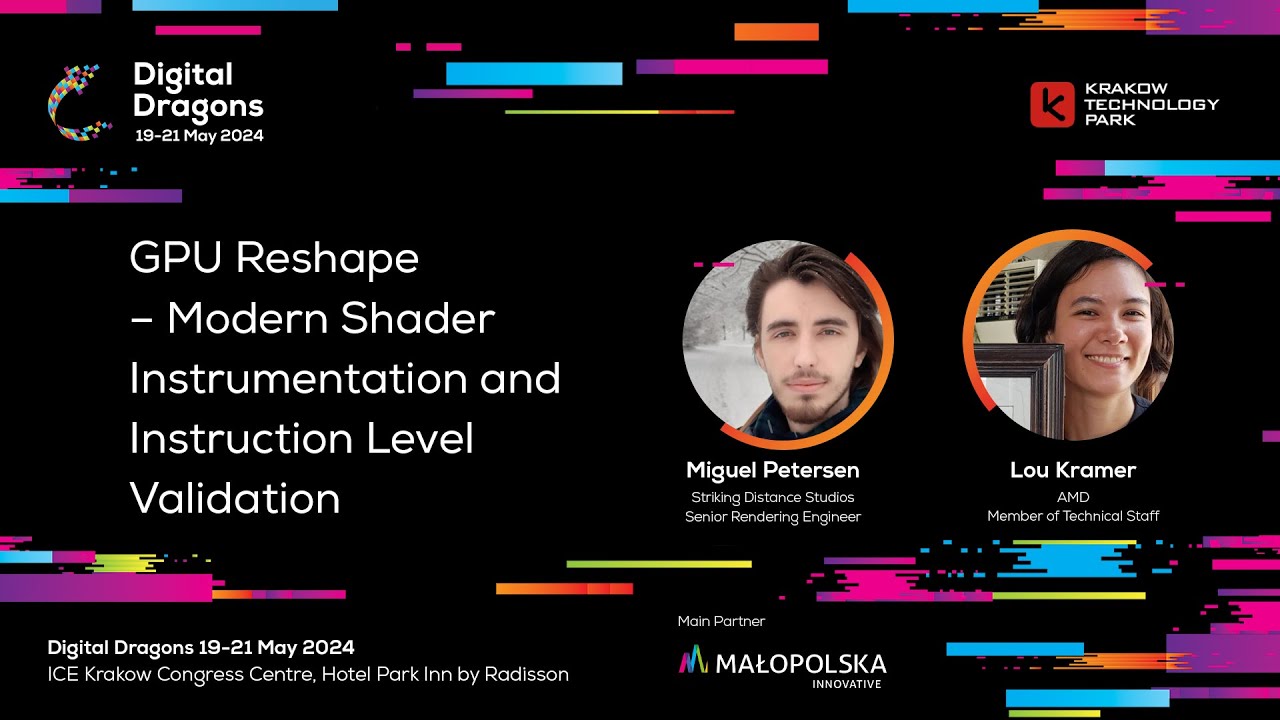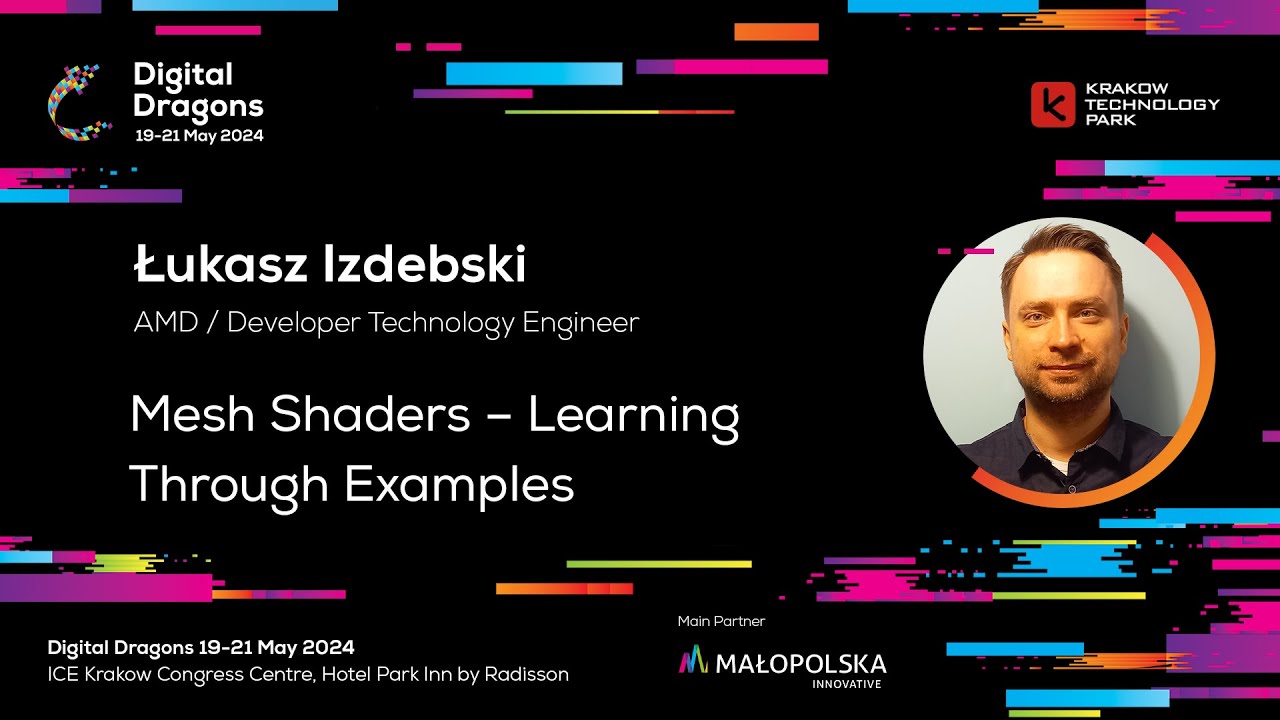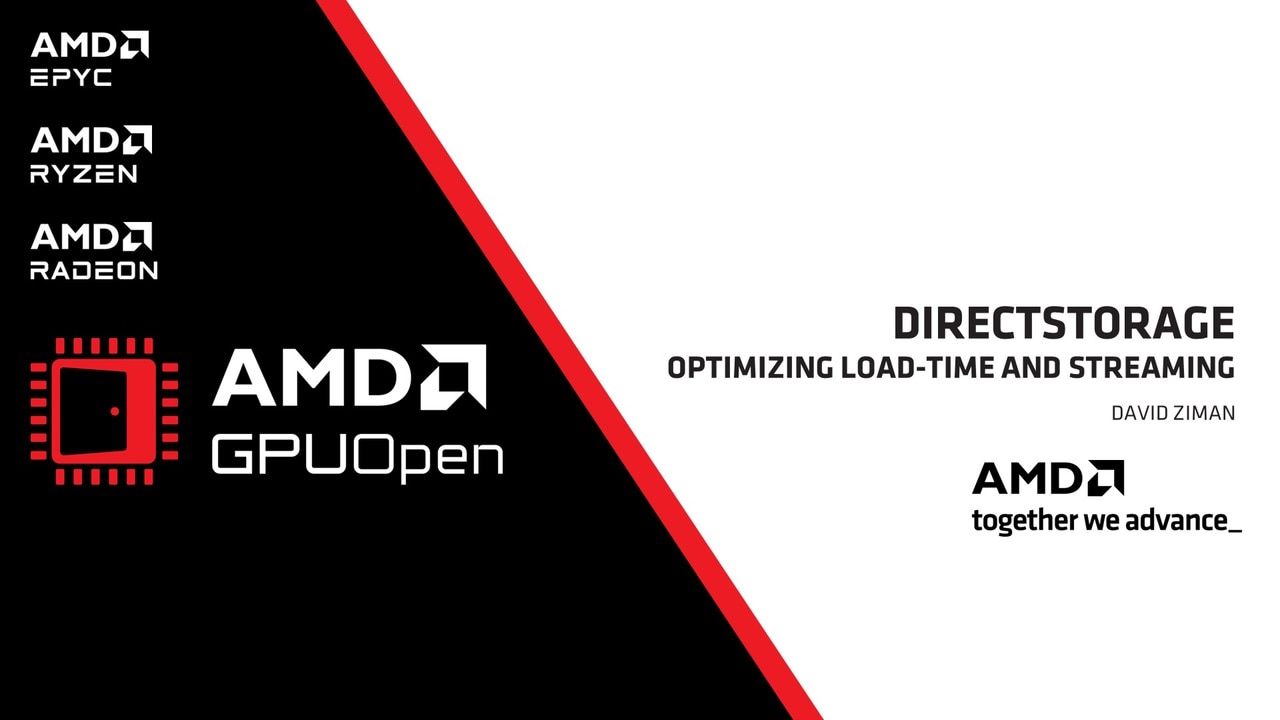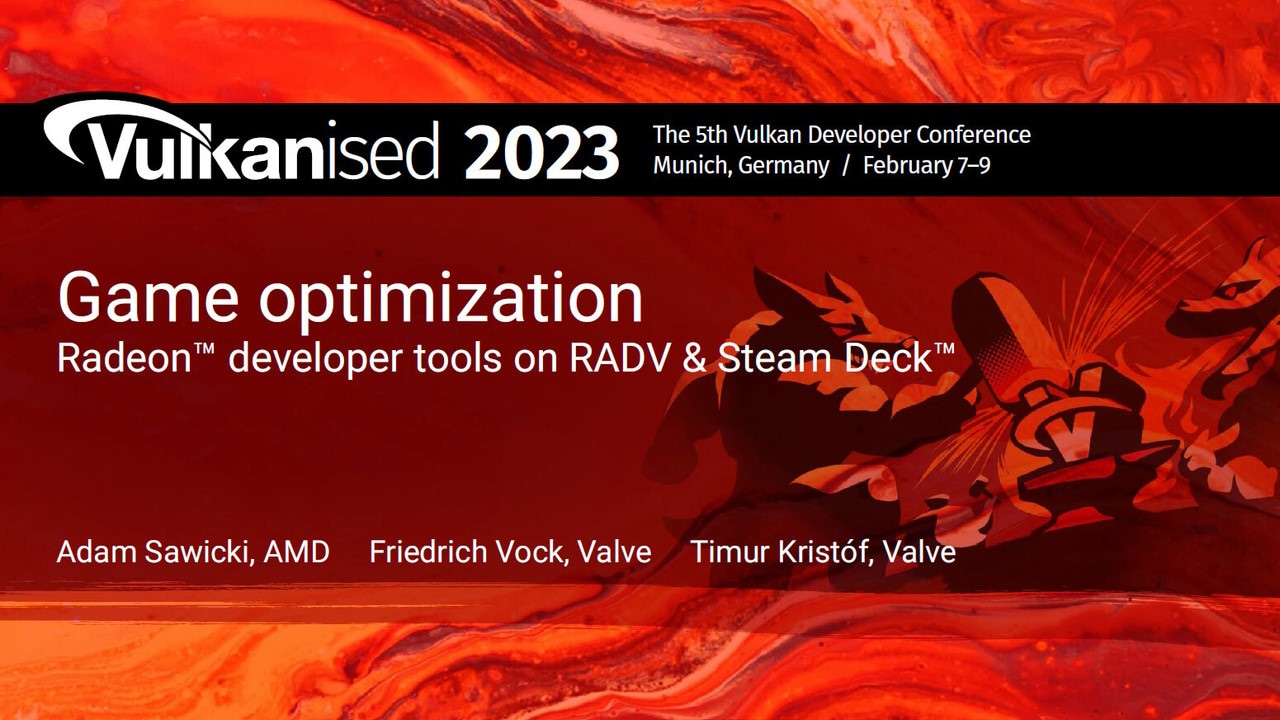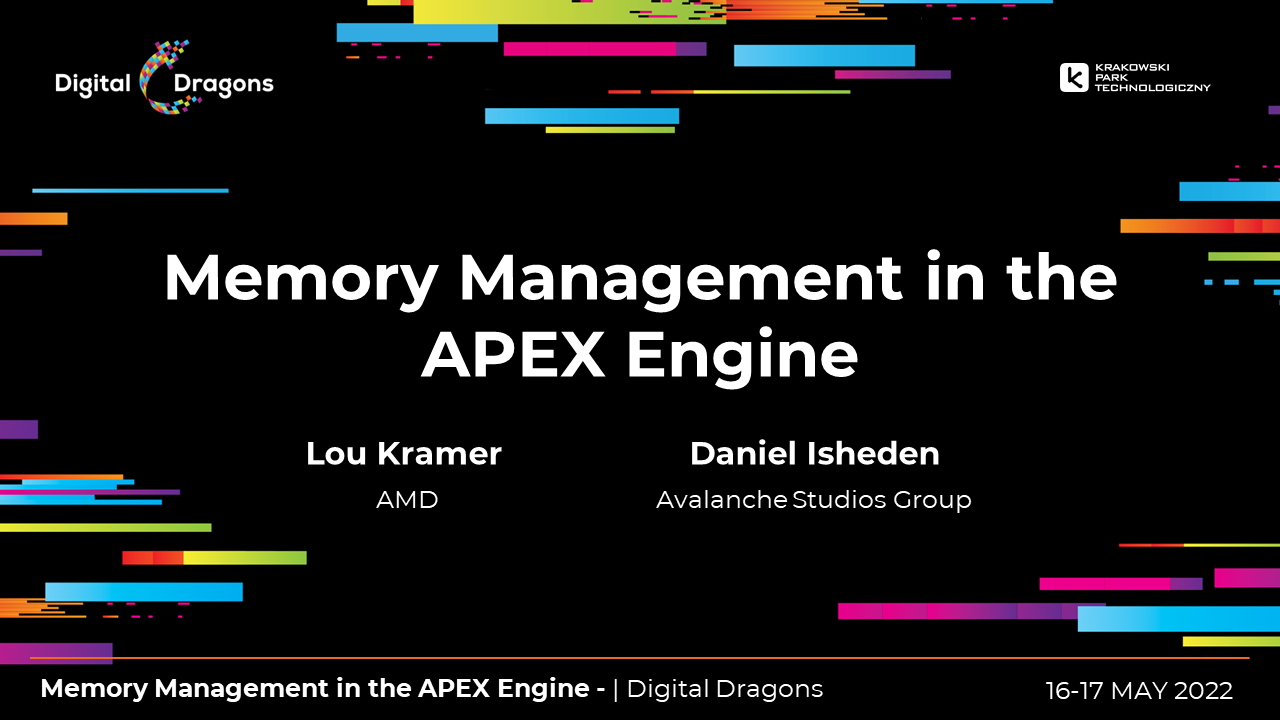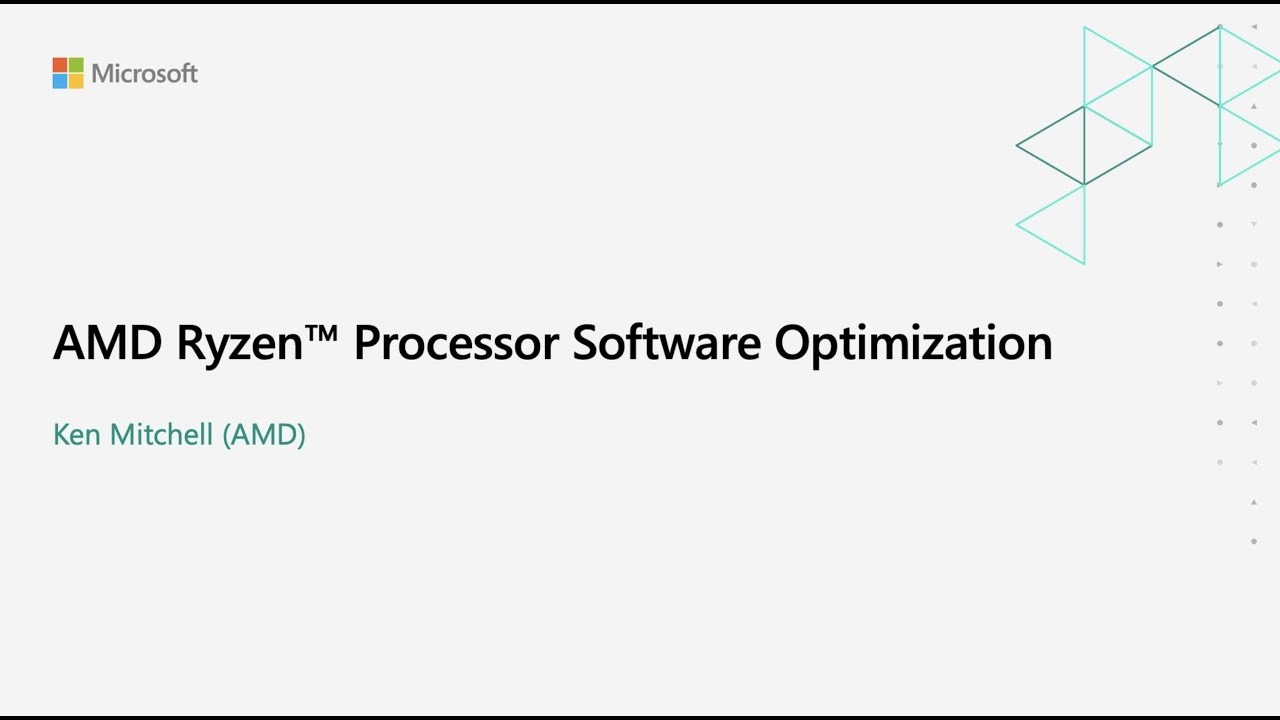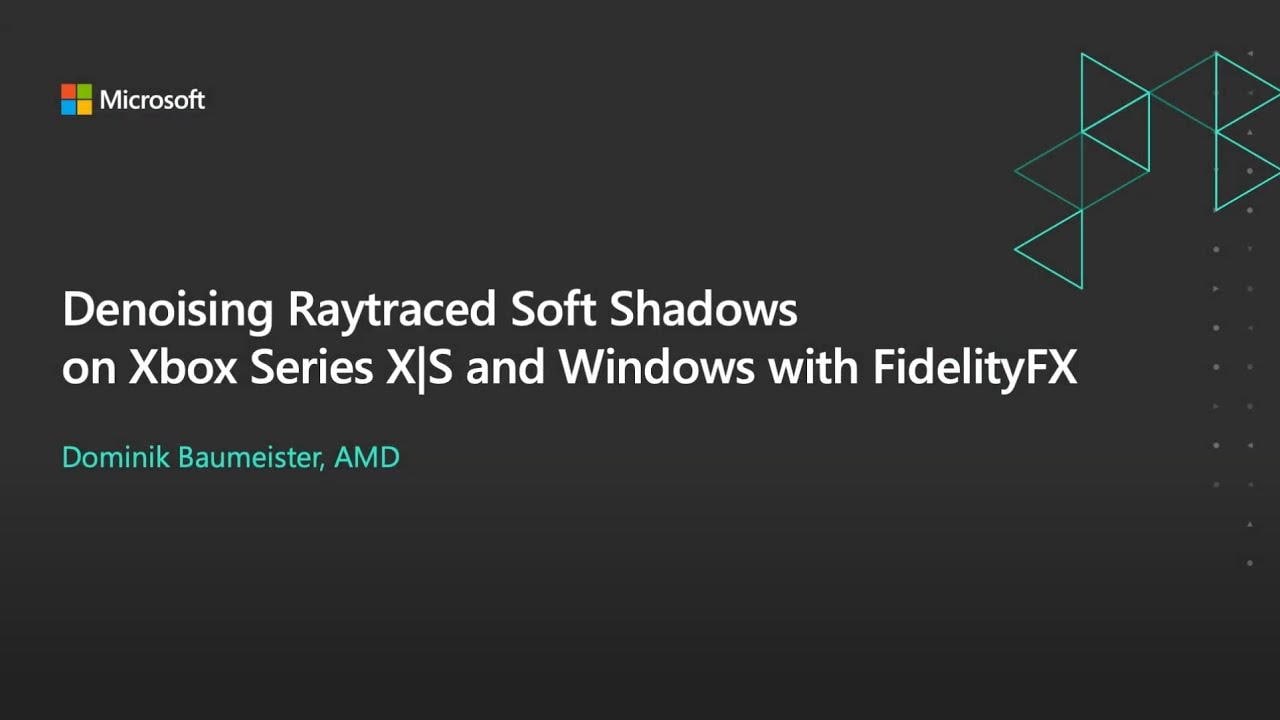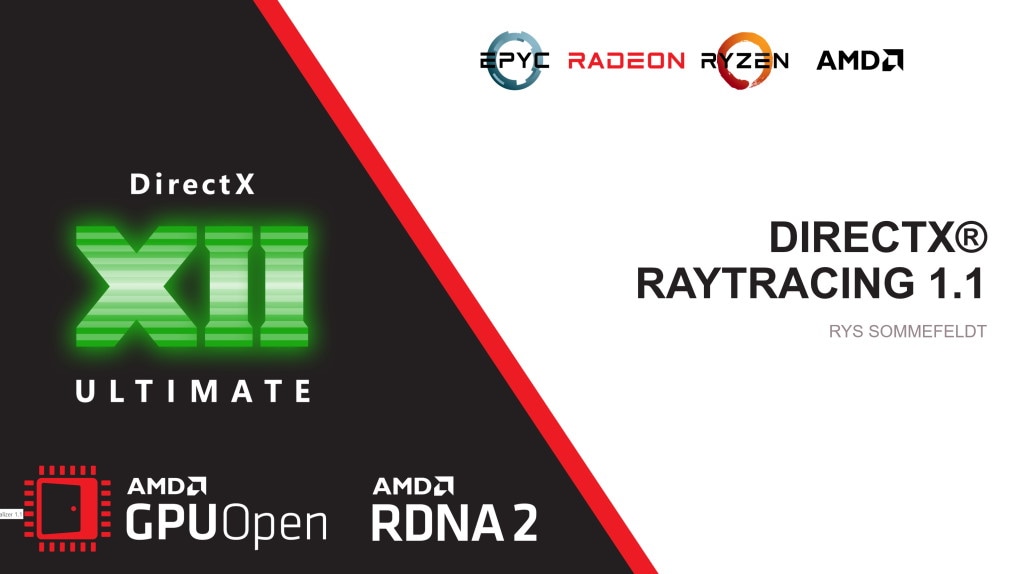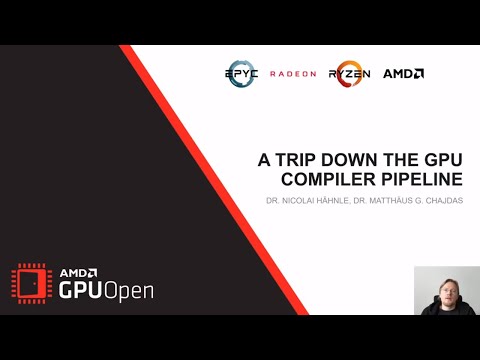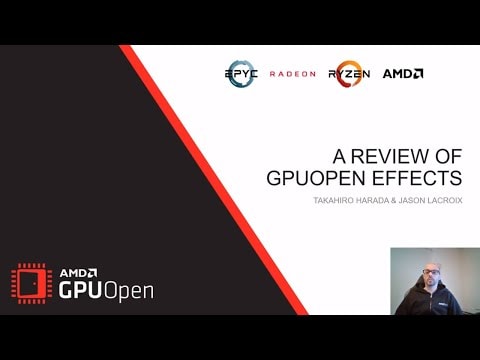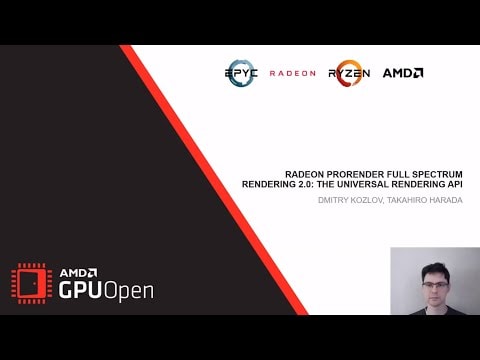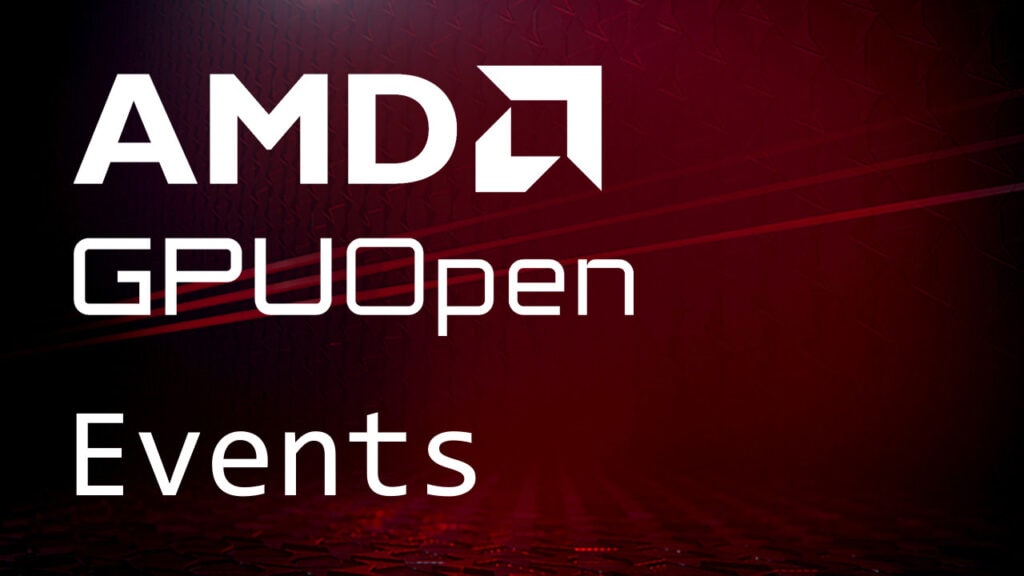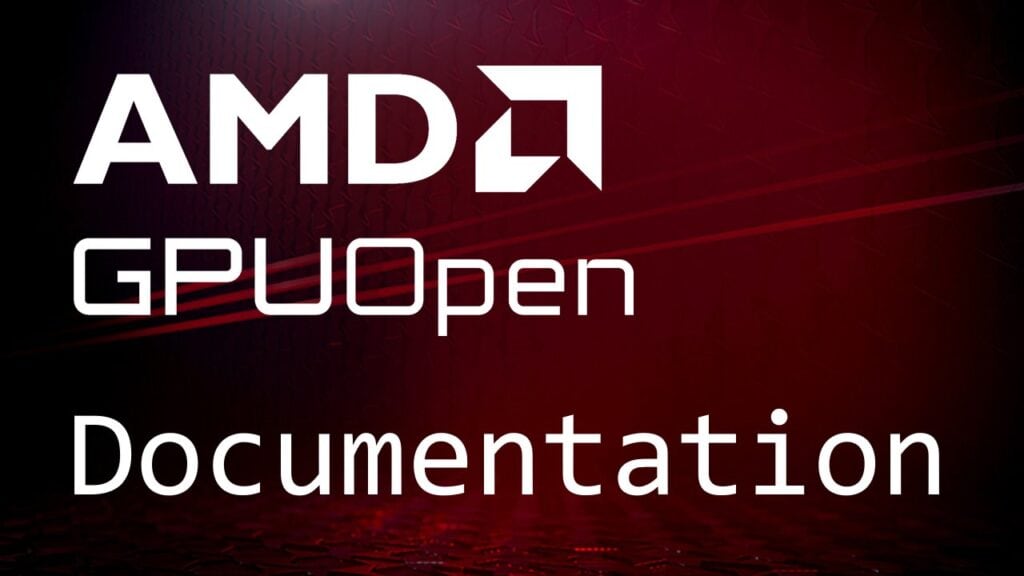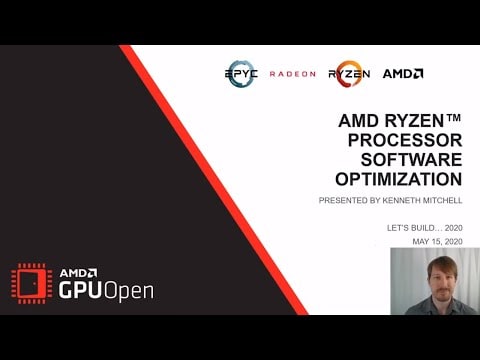

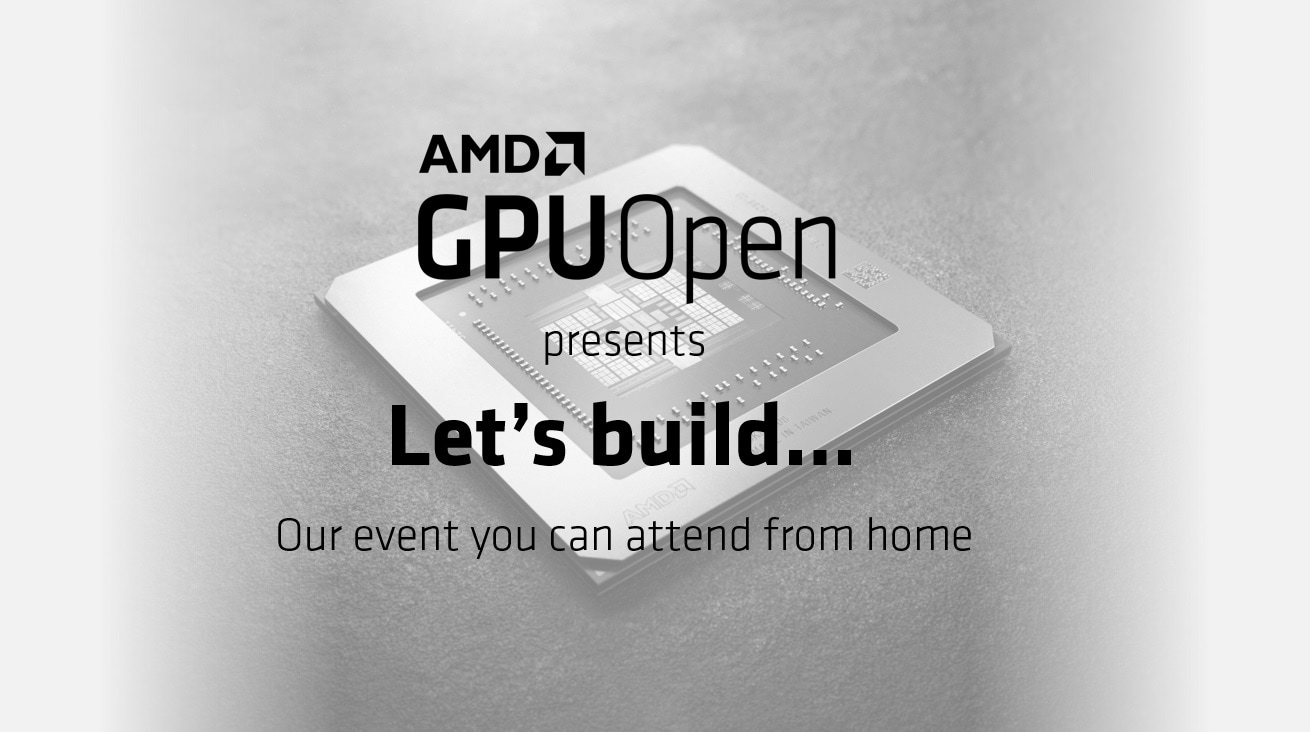
Hello!
Thanks for joining us here at our first ever virtual event – Let’s build… 2020.
We are sharing with you six brand new video presentations covering topics such as optimizations, our developer tools, effects, and so much more. Every video goes into high level of detail you would expect from us, and will leave you with the knowledge to make your game or high performance graphics application even better.
-
From Source to ISA: A Trip Down the Shader Compiler Pipeline
-
Curing Amnesia and Other GPU Maladies With AMD Developer Tools
-
Radeon™ ProRender Full Spectrum Rendering 2.0: The Universal Rendering API
-
From Source to ISA: A Trip Down the Shader Compiler Pipeline
-
Curing Amnesia and Other GPU Maladies With AMD Developer Tools
-
Radeon™ ProRender Full Spectrum Rendering 2.0: The Universal Rendering API
Slides Now Available!
Download the PDF or PPTX for each presentation using using the button/s under each video.
AMD Ryzen™ Processor Software Optimization
Ken Mitchell, CPU Developer Technology Team Lead
Join AMD Game Engineering team members for an introduction to the AMD Ryzen™ family of processors followed by advanced optimization topics. Learn about the high-performance AMD “Zen 2” microarchitecture and profiling tools. Gain insight into code optimization opportunities and lessons learned. Examples may include C/C++, assembly, and hardware performance-monitoring counters.
Attendees will learn optimizations for the high-performance AMD “Zen 2” microarchitecture.

Learn about the high-performance AMD Zen 2 microarchitecture and profiling tools. Gain insight into code optimization opportunities and lessons learned.
Optimizing for the Radeon™ RDNA Architecture
Lou Kramer, Developer Technology Engineer
When AMD introduced its Navi family of GPUs, it also introduced a whole new GPU architecture: RDNA. This architecture is not only used in AMD GPUs for PC, but also in next-generation consoles. Join the session to learn about the details of RDNA and how it differs from the previous GCN architecture. We will also be presenting examples of optimizations based on the case study of implementing an efficient downsampler covering topics such as characteristics of workload distribution, shader optimizations, and efficient texture access.
From Source to ISA: A Trip Down the Shader Compiler Pipeline
Matthaeus Chajdas, Developer Technology Architect
Nicolai Hähnle, Senior Member of Technical Staff, AMD
Shader compilers can be easily confused for dragons — they devour innocent developers, and instead of optimal code, they spew fire. Only the toughest adventurers well versed in the arcane knowledge of how to tame them used to stand a chance.
Until today! Together, we will uncover the dark secrets of the shader compiler and tame this fiery beast. Our journey will take us from the original source code down to the RDNA ISA. We’ll leave no stone unturned when it comes to giving you a deep understanding of compilers. We will arm you with knowledge about control-flow, bindless resource access and scalarization which is directly applicable to problems you’re facing daily at work.
At the frontend, we will look at DXC and how it produces intermediate representations. At the backend, we will discuss the arts of instruction selection, scheduling, and register allocation for the RDNA instruction set.
Throughout the whole trip, we will provide you with practical examples from real-world applications and look at them through the compiler’s eyes. At the end, you will have a solid understanding of your shader compiler and write performant shaders with ease.
A Review of GPUOpen Effects
Jason Lacroix, Developer Technology Engineer
GPUOpen provides a variety of source code projects for game developers of all levels, with a permissive license to allow code modifications and integration into titles to take place. This presentation will provide a technical overview of existing and new graphics Effects available in GPUOpen and detail integration procedures for them.
Effects covered will include FEMFX (a multithreaded CPU deformable physics library), FidelityFX (a series of image quality-enhancement techniques), TressFX (hair simulation & rendering), Radeon™ ProRender (physically based light transport simulator) as well as brand-new techniques not publicly shown before.
Download slides (50Mb/PPTX)Download slides (5Mb/PDF)
Curing Amnesia and Other GPU Maladies With AMD Developer Tools
Gordon Selley, Senior Manager, Developer Tools
Chris Hesik, PMTS Software Development Engineer
Amit Ben-Moshe, SMTS Software Development Engineer
Meet the newest tool in AMD’s Radeon™ tool suite – the Radeon™ Memory Visualizer. Historically, understanding in detail how GPU memory is being used in your game has been a challenge. It has been difficult to answer questions about memory allocations, resource bindings, page mappings, memory residency, heap over-subscription, memory leaks and more.
In this presentation AMD will introduce the Radeon™ Memory Visualizer, a new tool designed to help answer these questions. We will show through a live demo how this tool can be used to identify and solve common memory issues in your title. We will also provide updates on the other tools in AMD’s Radeon™ tool suite – Radeon™ GPU Profiler and Radeon™ GPU Analyzer, both of which have had significant enhancements.
Radeon™ ProRender Full Spectrum Rendering 2.0: The Universal Rendering API
Dimitry Kozlov, SMTS Software Development Engineer
Takahiro Harada, PMTS Software Development Engineer
We are introducing the new version of Radeon™ ProRender 2.0, the Universal Rendering API. In addition to producing final rendering, the Universal Rendering API augments viewport rendering with interactivity and photorealistic quality.
We will describe new features in details and demo the capabilities they enable. This API allows both Gaming and Pro content creation to have a joined ecosystem for rendering content.
Want more?
We now have a dedicated GPUOpen Videos page, where you can find all these videos, plus many more.
Looking for even more again?
Why stop here? Have a browse of our previous presentations and read our detailed tutorials.
Related software

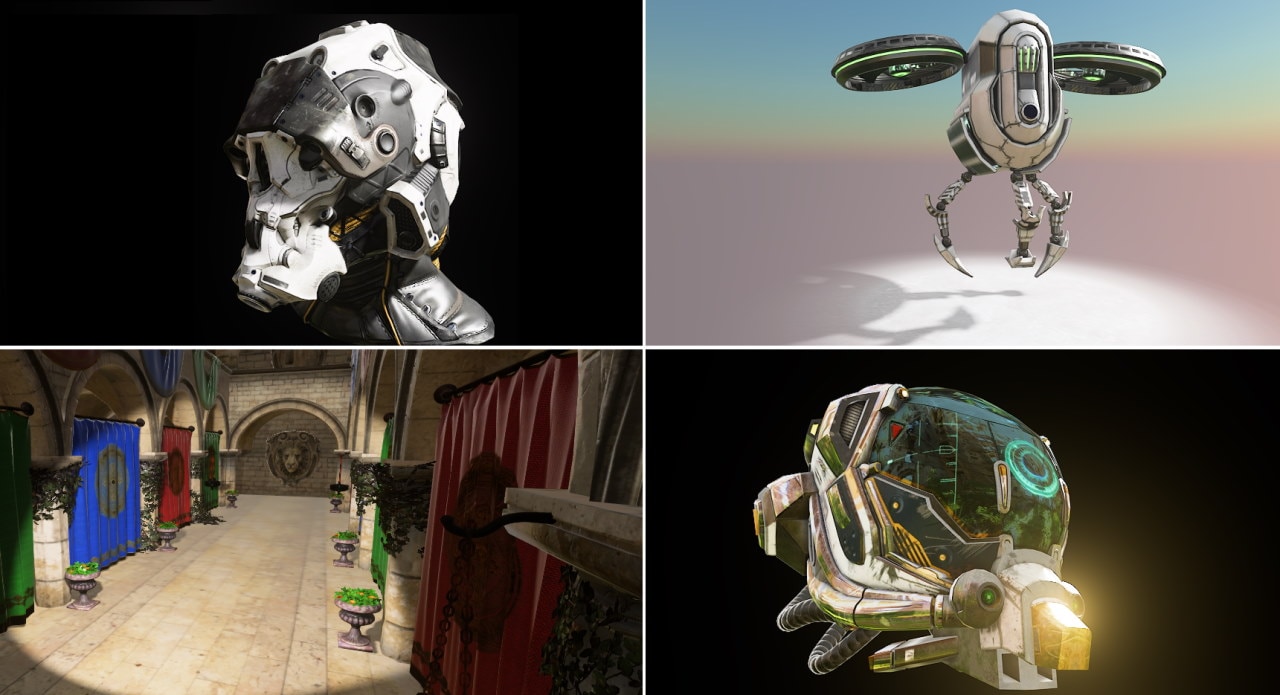

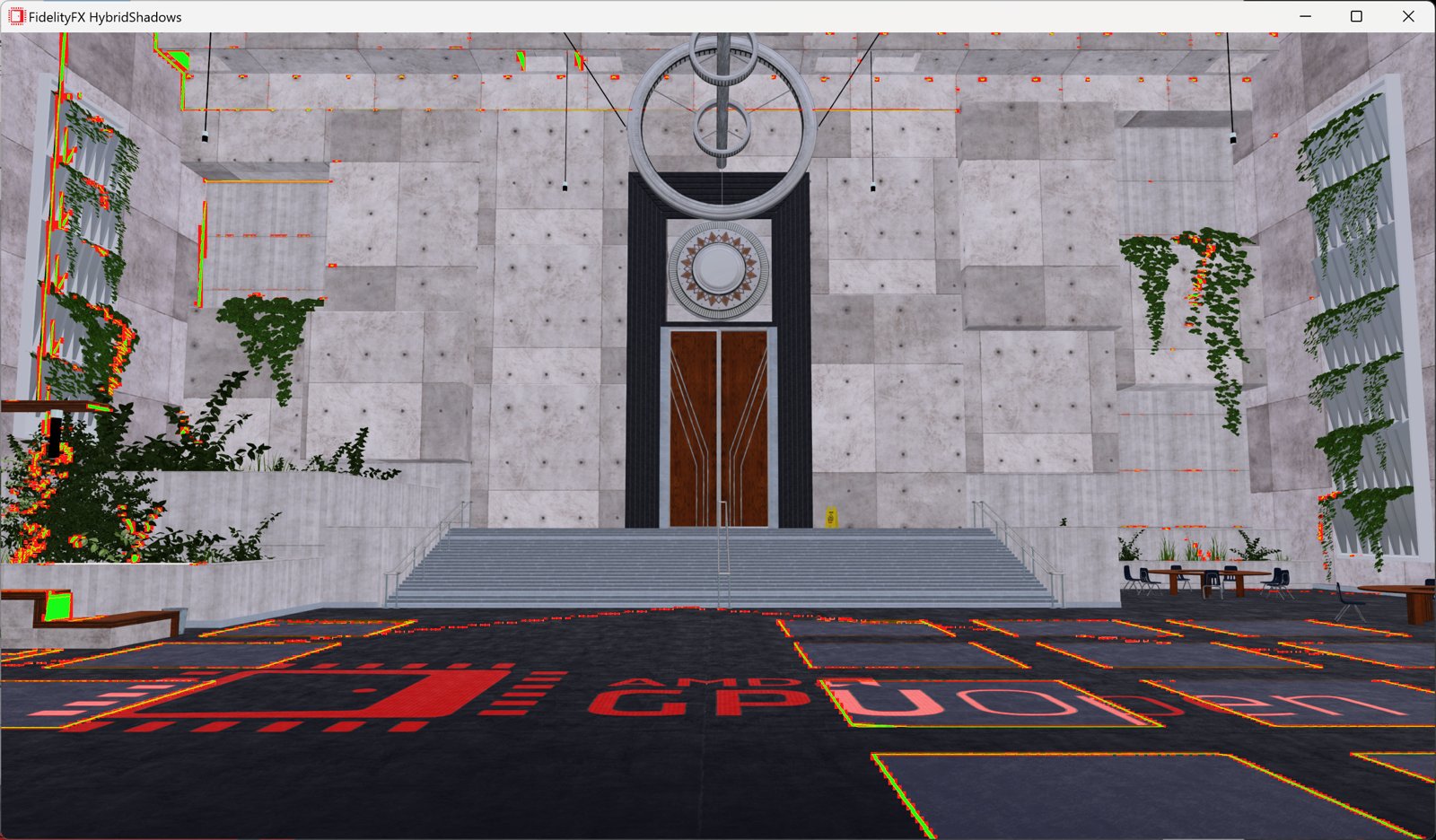
Related news and technical articles
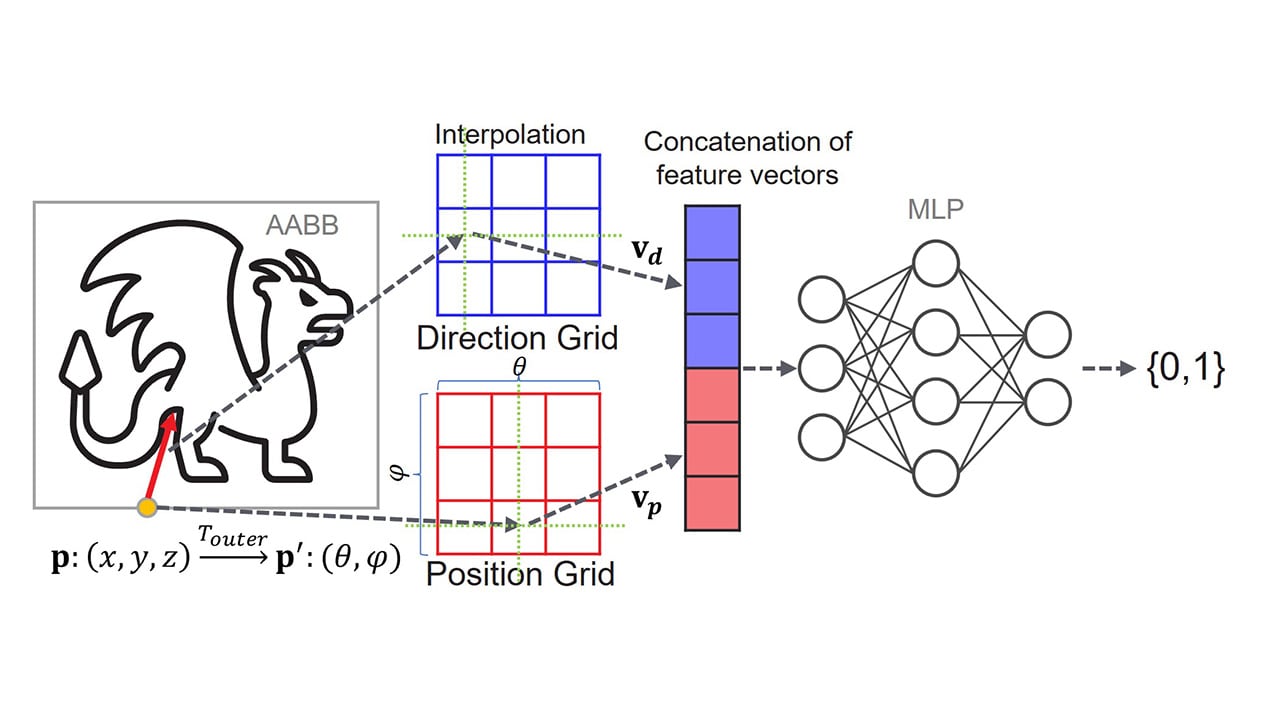
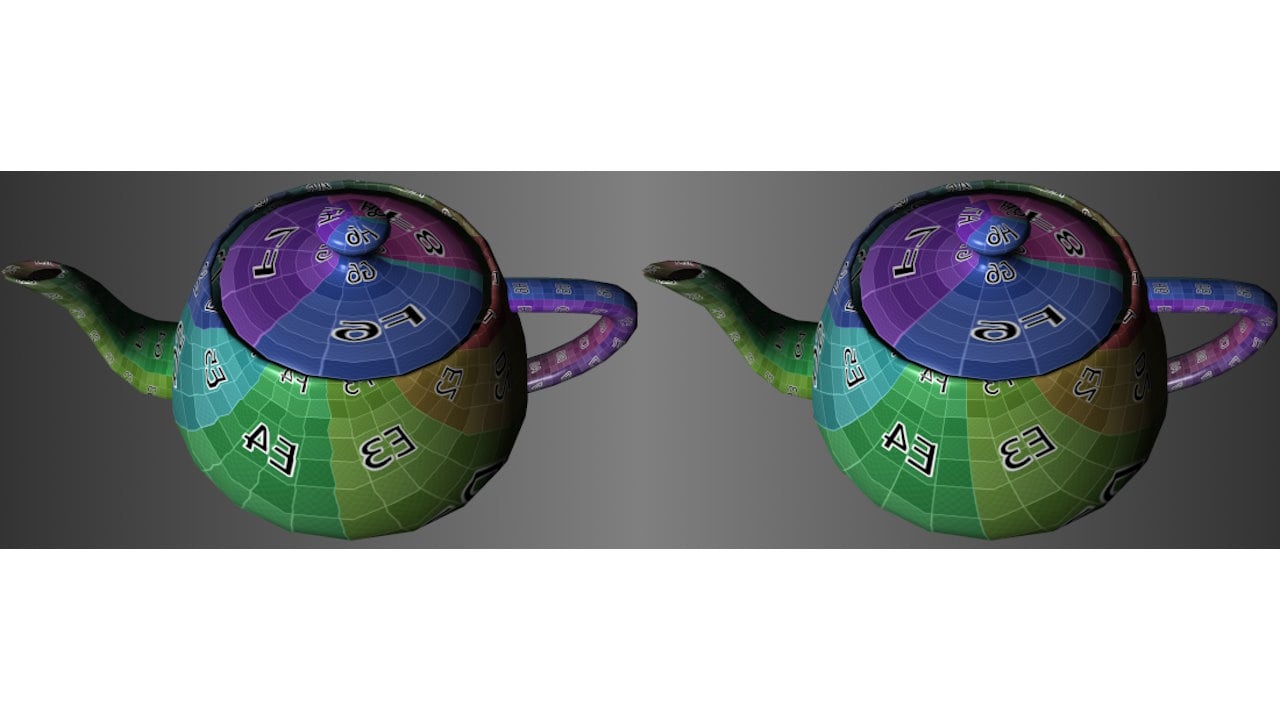



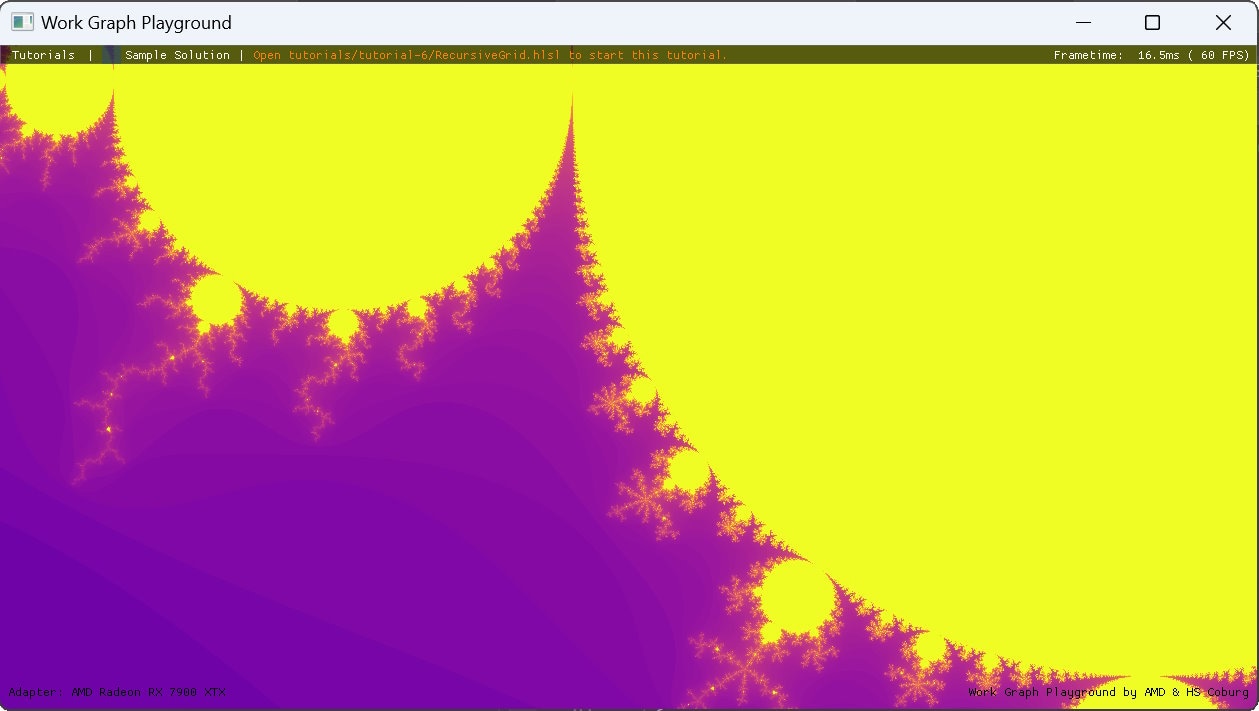
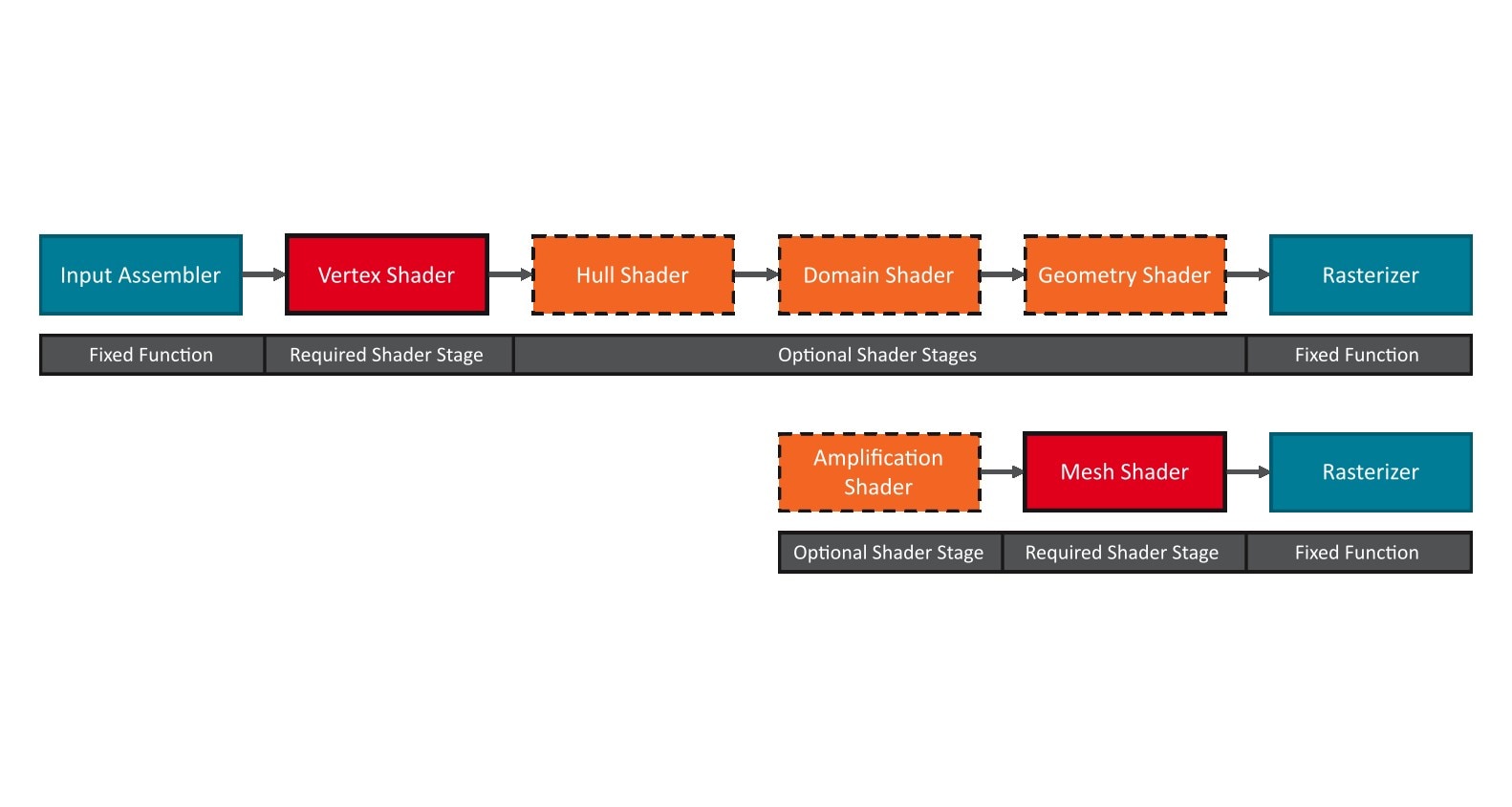
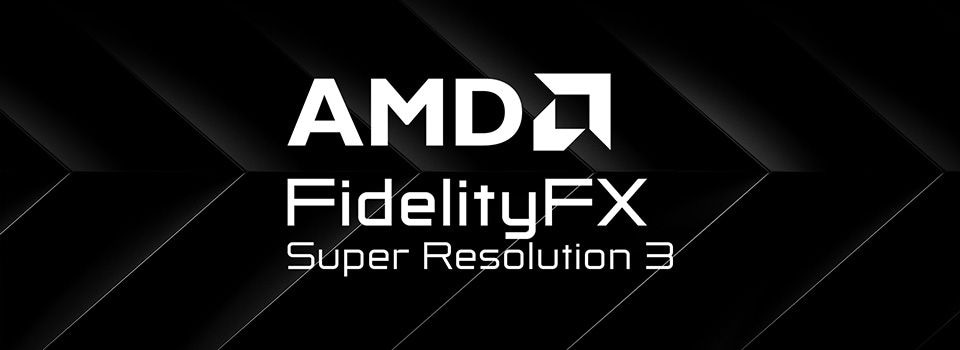
Related videos
